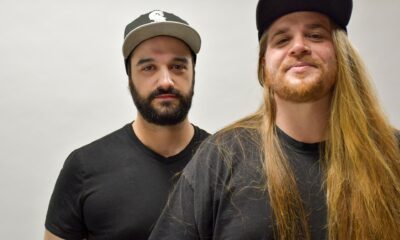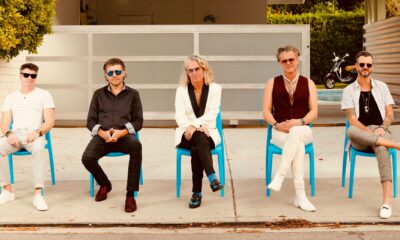Blues
Top 10 NFT Dos and Don’ts According to Musician and Crypto-Maniac Christian O’Connor
Musician and self-proclaimed crypto-maniac, blues-rocker Christian O’Connor joins us for a special guest blog wherein he details his top 10 #NFT dos and don’ts!

As the world continues to change, so do its people, particularly its most gifted artists. While the artists of yesteryear would live and die through music, today’s musicians are getting a little more creative, such as blues rock performer Christian O’Connor. O’Connor has begun to make quite a name for himself as a musician, gaining valuable exposure through his increasingly popular TikTok channel. Over the last year or so, he has been releasing singles from his soon to come third studio album, both traditional via platforms like Spotify, but also as NFTs. For those who don’t know, NFT is the acronym for non-fungible token, a form of digital ledger that is often associated with digital files such as photos, video or audio.
The reason for the creative release strategy is that O’Connor is not just a musician, but also a self-proclaimed crypto-maniac. It goes far beyond a hobby, as it’s become something of a second career that not only does O’Connor love, but that also helps inspire him as a songwriter. It’s become part of him as an artist and a person, and his knowledge of the space only continues to expand.
That’s why we’ve teamed up with O’Connor for a very special piece today in which he gives us a crash course in the dos and dont’s of NFTs. He goes way beyond the superficial and offers a detailed, comprehensible introduction for artists who are interested in entering the blockchain, while also delving into this territory for those of you who may be a little more experienced in this area.
10 Things to Remember About NFTs:
“My name is Christian O’Connor and I’m a recording artist, touring musician, and Crypto-maniac! As a teenager, touring as Jennifer Paige’s guitarist and keyboard player, it never occurred to me that my recreational coding would one day become the financial engine to fund my first album, and fuel my band’s early touring efforts. Fast forward to now, and NFTs, especially music NFTs, are among my biggest passions. The thing that’s funny about my relationship with NFTs is that it’s something I’ve worked on from every angle. I’ve written the actual blockchain code (aka smart contracts) and designed the art for them.
One of these projects eventually became a critical element in a revolutionary new A.I.-driven music licensing system used by many of today’s busiest film and television music supervisors. So here’s the LEGAL WARNING… I am not a professional blockchain coder, I am simply a passionate hobbiest/enthusiast in the field. I have written code for several NFTs but I always have several “real” developers check all of my code before I deploy it to a blockchain. Writing bad blockchain code can have serious repercussions including the complete loss of your and your customers’ funds. So my disclaimer is two-fold:
1. Whatever you do, particularly in coding, it always makes sense to have a trusted, talented, and meticulous person proofing your work.
2. Do not trust me as your guru. I accept no responsibility for your results, nor do I claim to be an expert. I am most definitely NOT representing myself as an advisor, nor should you consider anything you read below to be advice. And that’s good news, because if I was an advisor, you’d have to pay me, I’d have to be insured, and we’d all be careful together. But that’s not how I live, play, or engage with the blockchain. So just consider everything you are about to read as the inspired musings of a musician sharing his experience in the NFT world, and then go make the most of the information, being careful not to gamble, but perhaps being inspired to learn more.
With that disclaimer out of the way, these are some quasi-principles that I live by when making an NFT:”
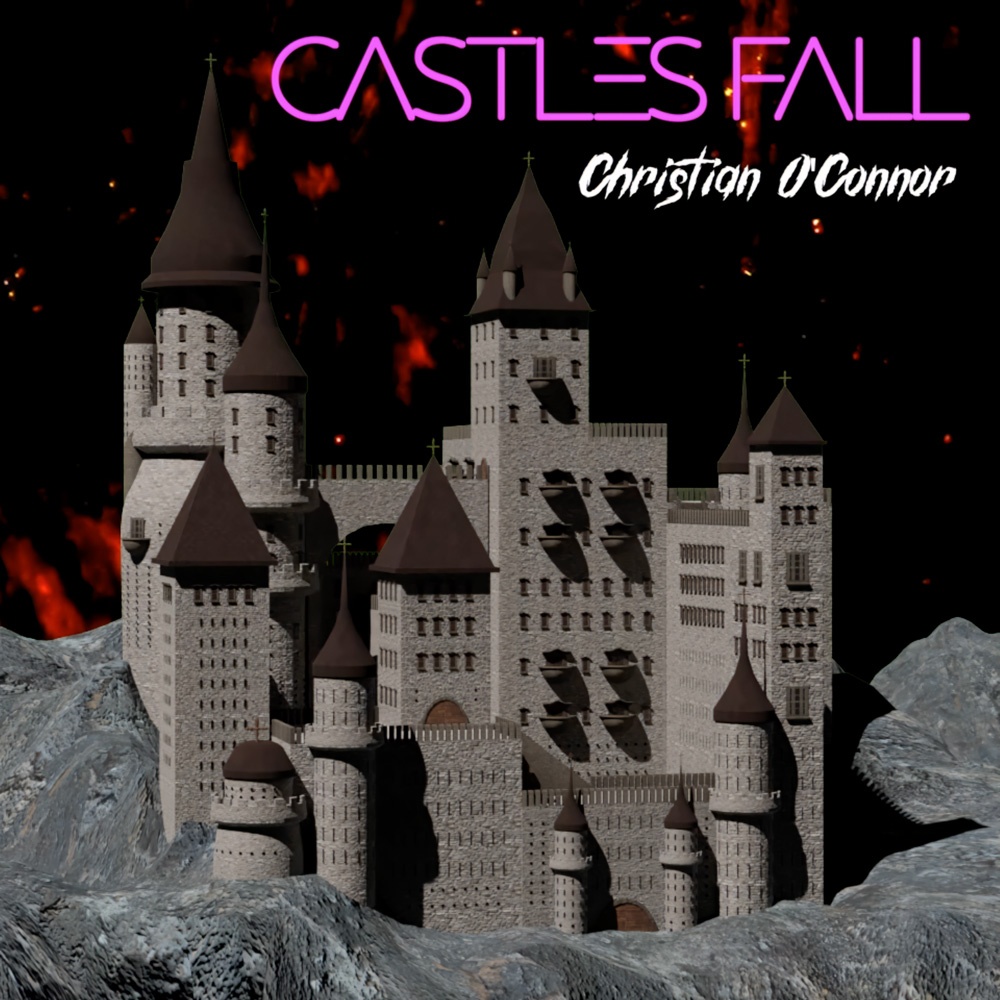
Artwork for the single “Castles Fall” by Christian O’Connor
1. I Start with The Art
“I don’t make an NFT because I buy into a coin and want to get into their ecosystem. The best art is not driven by gadgets. Tools are simply the vehicle that allows you to express your passion on a page or screen. I’ve always operated by the principle that you have to see your creation before your audience does. I had a guitar teacher when I was younger tell me that you play with your ears, not your hands. What he meant was no one likes uninspired art, and if your attitude is just to complete something and put it out, your audience will feel this.”
2. Pick Decentralized Blockchains
“All blockchains are not created equal. Personally, I love Ethereum. It certainly has its problems, particularly very high gas fees, but I love the project due to its decentralization and immutability. This is probably the section that will be the most controversial to the crypto crowd. There are a lot of blockchains and the users of each chain can get very tribal. When it comes to crypto I take the same position that I take on all software; if it’s open source, I am a huge fan of the project and love the fact that developers are committing their hard work to make software that’s available to the masses.
“Open source means that the source code is available to the public and under a license that promotes some form of freedom of use. Almost all crypto projects fit under this umbrella term and for that, I am very grateful. So I’m not picking favourites; I own tons of cryptos and work on many different blockchains, but decentralization is something that I look for when launching a project.”
3. Know What Decentralized Means
“The key to decentralization is that no one person or small group can determine the course of a project. A lot of centralization happens when there is a small group of miners. If a project has five or ten nodes producing blocks, those block producers could collude to censor transactions. That means that any transaction involving your NFT could be ignored. This is a notion that is often laughed at by my peers and censoring of a particular NFT has never happened to my knowledge on any meaningfully scaled blockchain.
“But… It remains a principle of the crypto space. If any group has the power to censor, this power will someday be abused. I consider the number one value proposition of NFTs to be permanence. Permanent access 10, 20, 50, 100 years from minting is something that I take seriously. Another means for centralization is if a software is proprietary and the source code is not available. You have no control. Let’s imagine a hypothetical project where one person writes proprietary code for the miners to run. This one software developer could decide to change the node software to ignore transactions involving your project. No one could stop this from happening if the source code was not able to be audited.”
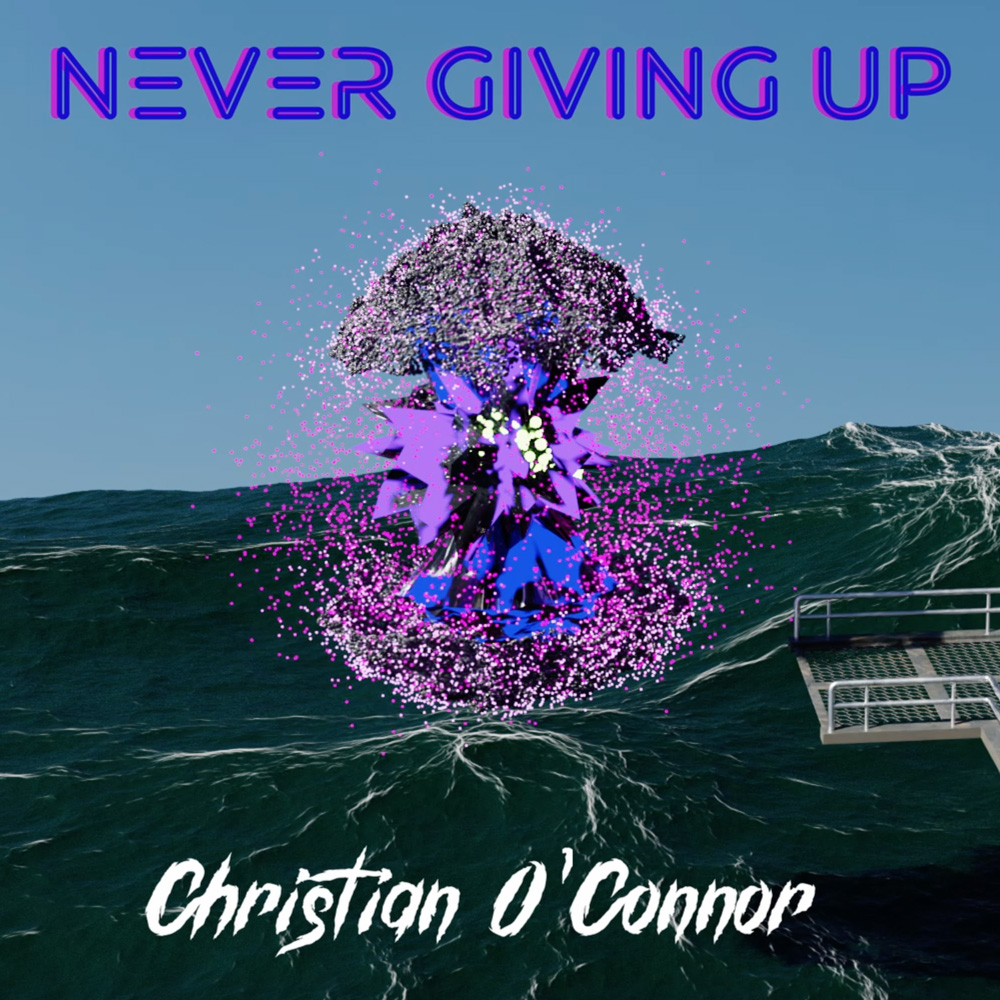
Artwork for the single “Never Giving Up” by Christian O’Connor
4. Use Permanent File Storage
“As I said a few sentences back, ‘Permanent access 10, 20, 50, 100 years from minting is something that I take seriously.’ The likelihood that a Google Drive or Dropbox link will still be active 20 years from now is very low, not because there’s anything wrong with Google Drive or Dropbox, but a simple change in URL, filename, content path, etc… could ruin your NFT.
“My favourite storage system is IPFS, which stands for interplanetary file system. The technicals of IPFS are outside the scope of this article, but the gist of it is that it’s a content-based addressing system. It doesn’t rely on URLs but rather a hash of the actual file that you are uploading. Essentially all NFTs contain some sort of content link and IPFS will simply link it to a hash instead of a .com site which will allow continued access. As long as you have some pinning service running somewhere in the world your IPFS content hash will remain the same.”
5. If Possible Pick a Long-Term Blockchain Standard Like EVM
“EVM stands for Ethereum Virtual Machine. This probably doesn’t mean much to anyone not intimately familiar with the space or a coder but what it means is that it runs on a standardized procedure for running code implemented by Ethereum and a lot of other blockchains. The reason why this is so great is that it allows you to move your project across many different blockchains. In addition to Ethereum, there are a lot of other projects that implement the EVM, blockchains such as Avalanche, Fantom, Harmony, Polygon. Probably the main distinguishing factor of the EVM is that almost all EVM projects are written in Solidity. The standard for NFTs in solidity is ERC-721 (also the newer ERC-1155 standard for launching multiple NFTs from the same contract). The advantage to using these solidity standards to launch your NFTs is that you can launch your NFTs to essentially all EVM compatible chains.”
6. Launch Your NFT with Battle-Tested Code or a Reliable Launching Tool
“One of the most common problems I see with other coders is trying to make your NFT entirely by yourself. There is a serious problem in crypto with bugs in smart contracts. If you look up crypto hacks you will find story after story of multi-million or multi-hundred-million dollar hacks. How can you try to avoid this?
“The best way is to use other people’s open source code that is heavily tested and reviewed. If you are a developer yourself, I highly recommend OpenZeppelin Contracts. You can write a smart contract by importing the actual functionality of the ERC-721 or ERC-1155 from OpenZeppelin. This will make bugs less likely, and therefore, your project will be less susceptible to an exploit. Another good way to make NFTs is to use an already established platform like OpenSea, Rarible, Mineable, etc…”
7. Give Them Something Extra
“One thing I like to do is add perks for anyone purchasing your NFT. There are some Discords servers that actually require a certain NFT to join. Even if it’s super simple, allowing your fans escalated privileges with NFT ownership is a great feature.”
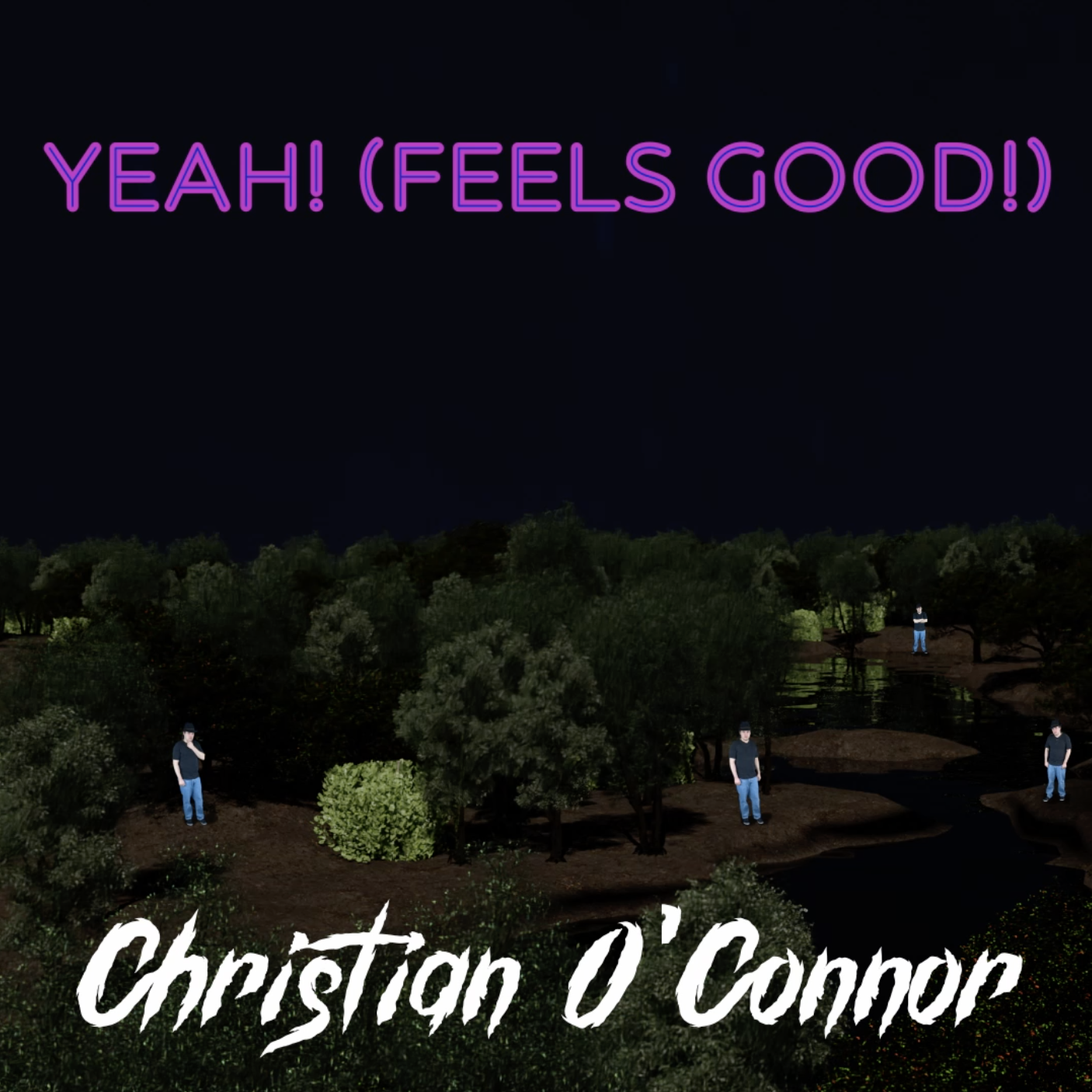
Artwork for the single “Yeah! (Feels Good)” by Christian O’Connor
8. NFTs with Attributes are Cool
“This isn’t always relevant for musicians, but NFTs that have random attributes on minting add an extra gamification of the process. I recently bought an NFT that comes with different features that spawn upon minting. All of the features have a percentage rareness, and the features are visually manifested on the actual NFT. I remember buying Pokémon cards in elementary school and there was always a thrill when opening a pack that maybe this pack would contain a holographic Charizard or something rare that actually had perceived value to me. This feeling was replicated with these traits on NFTs.”
9. Prevent Bot Attacks on Minting
“Most smaller creators don’t have to worry about this, but bots can be a nightmare for hotly anticipated NFT drops. Some people mint NFTs on their own websites and if they don’t employ proper security measures, all their NFTs can be minted by the same person hundreds or thousands of times. Ultimately this hurts your community and what was supposed to be a democratized endeavor only benefits a few individuals. Stopping this is a task above my skillset. There are several techniques such as address whitelisting that can stop this, but I would encourage you to look into it before launching an NFT, especially if you are minting on your own website.”
10. Without Sacrificing Security Be Involved in the Process
“It’s a concept as old as time, a major allure of art is the genuine expression from the creator. I’m not saying that you shouldn’t outsource your NFT, in fact, I’m saying that in the name of security you should! If you don’t code or work in IT you should hire a professional to create your NFT every step of the way; just make sure your art or at least the inspiration is from you.
“Crypto, music, science… it’s all based on math. The most creative people I know have a deep understanding of math on a visceral level. They may not be GOOD-AT-MATH, but they feel it, and they manage to apply it, either knowingly or unwittingly, and they eventually end up with unique, authentic, and often beautiful art. The Blockchain seems to be here to stay, and I suspect that NFTs will be a major component of the music industry for years to come. In my opinion, the most important part of an NFT is to have permanently accessible unique content for fans. It applies not just to music but to all art in general and I can’t wait to see how NFTs evolve with time. Let me know what you think on Instagram and let’s rock!”
-

 Alternative/Rock16 hours ago
Alternative/Rock16 hours agoThe V13 Fix #010 w/ High on Fire, NOFX, My Dying Bride and more
-
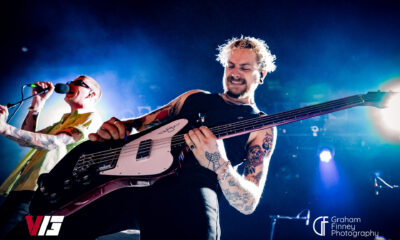
 Hardcore/Punk1 week ago
Hardcore/Punk1 week agoHastings Beat Punks Kid Kapichi Vent Their Frustrations at Leeds Beckett University [Photos]
-
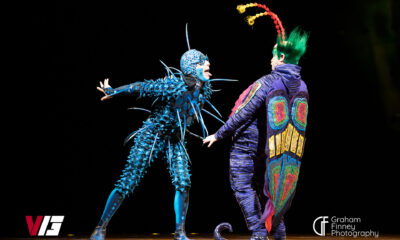
 Culture1 week ago
Culture1 week agoCirque Du Soleil OVO Takes Leeds Fans on a Unique, Unforgettable Journey [Photos]
-

 Alternative/Rock6 days ago
Alternative/Rock6 days agoA Rejuvenated Dream State are ‘Still Dreaming’ as They Bounce Into Manchester YES [Photos]
-

 Music2 days ago
Music2 days agoReclusive Producer Stumbleine Premieres Beat-Driven New Single “Cinderhaze”
-

 Culture2 days ago
Culture2 days agoDan Carter & George Miller Chat Foodinati Live, Heavy Metal Charities and Pre-Gig Meals
-
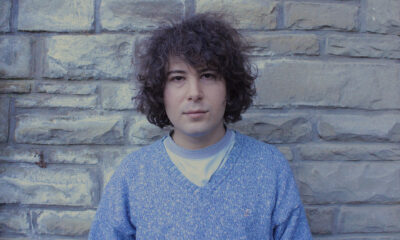
 Indie1 week ago
Indie1 week agoMichele Ducci Premieres Bouncy New Single “You Lay the Path by Walking on it”
-

 Alternative/Rock1 week ago
Alternative/Rock1 week agoWilliam Edward Thompson Premieres His Stripped-Down “Sleep Test” Music Video

